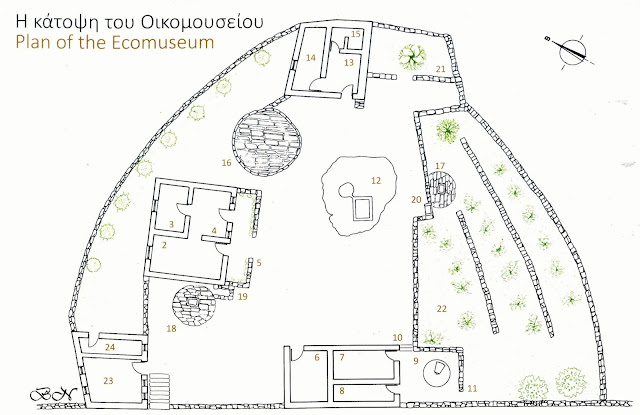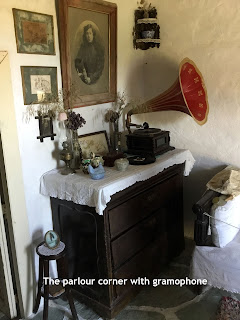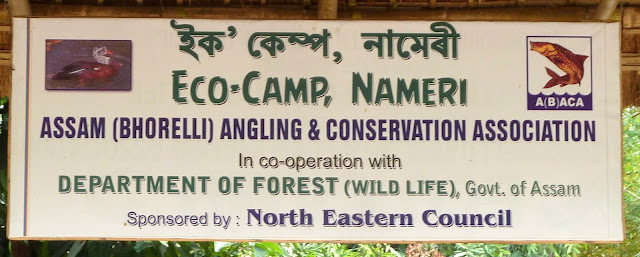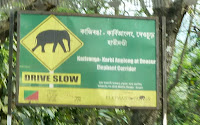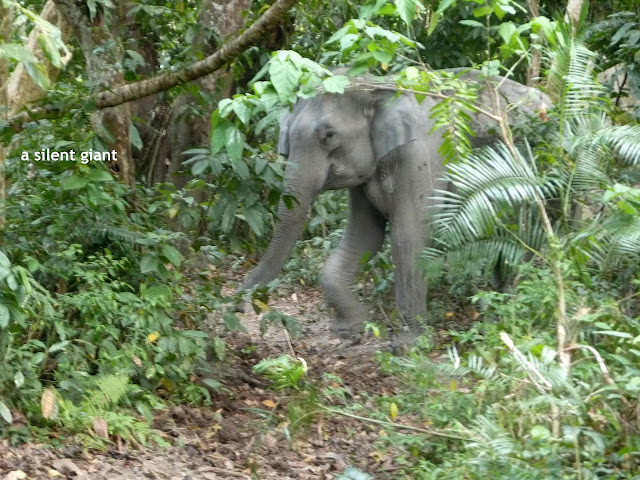Fole
....where? The usual question thrown at me when I
said the name Folegandros. I was going to meet my Cambridge University
college friend after 50 years.. We had lost touch till 2016 when I did a
Facetime chat at a College Reunion and then continued on Facebook. Never having
touched base for 50 years, there was always the question... on both sides... “Will
we get on together”! I can happily say that it was as if we had just met yesterday at The Anchor pub on Silver Street, Cambridge.
But that’s another story as to how Ross and his charming wife Jacqui landed up
in this godforsaken beautiful island in the middle of the Aegean Sea.
Ross and Jacqui suggested that we go and meet a family
friend who lived in the same village. Basically there is one main tarred road;
to get to various houses, it depends upon the number of houses in that stretch....
you may get a tarred lane but generally a well tamped dirt track. We entered
this rough stretch and saw a beautiful bush of red flowers. Nearby was Katerina
Papadopoulos who gave a very warm greeting to us. She ushered us in and then
disappeared, coming out with small plates, a jar and spoons. We were then
treated to spoonfuls of this delicious homemade marmalade from fresh rose
leaves. Divine. Then followed coffee and Ross’ explanation why I was there. Katerina
is a delightful lady chattering away at speed in Greek with Ross who, as he
told me later, got the gist of each sentence as his Greek is rather rudimentary.
Then her husband Giannis arrived from the fields. He had been working away with
couple of helpers. Ross revealed that two of the Papadopoulos children were
born in Ross’ house in Ano Meria. After a while, Katerina decided to show us
her Ecomuseum and off we went on a rougher dirt track up the hill to this
unique museum in the middle of nowhere.



The article on the Museum consists of selected text from the Museum catalogue and some of their photos to complete the items which I had not photographed . Most photos and rest of the text are mine. I decided to use the catalogue text as its well written and so no reason to copy it and re-write it again. However, as the catalogue pages have been cropped, the pages appear uneven, which may be excused. What’s important is the relevance and readability of the history and contents of this unique museum.
The Museum is in a remote area, a place which is barely marked on the roads and definitely not easy to access. Yes, its in the description of the island on WikiTravel etc but it requires grit and determination to get to it. The family’s decision to create it and continue to maintain / build upon it is very creditable and they have the support of the local authorities who perhaps need to do a bit more to promote it amongst the travel agencies locally who seem to concentrate only on boat tours. There are no local bus tours which surprised me.

The themonia is well organised with kitchen, bedroom and parlour in one building – that’s what you see first. Then across comes the large threshing floor. Close to that are the stables as the donkeys would have been used for various purposes in the themonia. The oven, cellar and oil press are in a separate section.



 The parlour was a delight to see as it contained a
myriad of fascinating items not seen these days. Old photographs, small
bottles, a well preserved gramophone on a
The parlour was a delight to see as it contained a
myriad of fascinating items not seen these days. Old photographs, small
bottles, a well preserved gramophone on a


After seeing the whole house, we walked around the
outside seeing the garden etc. There are a lot of flowers growing there which
made it quite colourful – narcissus, oregano, iris, rosemary, aloe etc all grow
there. My tour ended with the library which is a new building.
Text and photographs copyright of the author. Photos from the Museum Catalogue have been acknowledged with thanks. No part of this article or photographs maybe transmitted or reproduced by any means, electronic, mechanical, photocopying or otherwise, without written permission. Do contact the author on email -- helpthesun@gmail.com
Folegandros is an island with wild natural beauty,
located between Paros and Santorini, in Cyclades group. Luckily, Folegandros
remains isolated away from mass tourism and keeps an authentic character. It
has traditional Cycladic architecture, breathtaking views and secluded beaches.
A lot of hilly walking if you don’t have a car. Local buses are few and far
between. The island is small, boasting a population of just 600 people, but
distances appear considerable due to the hilly terrain. Ross’ house is just 6
kms from main centre but it takes 30+ minutes due to the hills and narrow
roads. 
The history of Folegandros starts in Prehistoric times. The name Folegandros is derived from
the son of Minos, the former king of Crete. There are ancient coins issued by
the local municipality revealing the image of Folegandros stamped on them. The
name is derived from a Phoenician word meaning a rock-strewn land – a very
accurate description. The Cares from Asia Minor were the first inhabitants of
the island. Then came the Cretans who ruled the island with emperor Folegandros
at the helm. In the 1800 - 1900’s Folegandros served as an asylum for those who
were banished from the island of Crete. 

Even the residence of the family house is full of memories
of days gone by.


The article on the Museum consists of selected text from the Museum catalogue and some of their photos to complete the items which I had not photographed . Most photos and rest of the text are mine. I decided to use the catalogue text as its well written and so no reason to copy it and re-write it again. However, as the catalogue pages have been cropped, the pages appear uneven, which may be excused. What’s important is the relevance and readability of the history and contents of this unique museum.
The Folegandros Folklore Museum is in Ano Meria, close to Ross’ place. It’s a “themonia” that reconstructs life in a traditional rural house. “Themonies” are self-contained farmhouses, typical of the agricultural economy that prevailed then... many small buildings in an enclosed area -- the main residence, the cellar, the stone-built oven, the stable and the barn. In the open there are the threshing-floor, cistern, grape press and olive press. The museum opened in 1988 and later on a stone building was added housing its library.

The Museum is in a remote area, a place which is barely marked on the roads and definitely not easy to access. Yes, its in the description of the island on WikiTravel etc but it requires grit and determination to get to it. The family’s decision to create it and continue to maintain / build upon it is very creditable and they have the support of the local authorities who perhaps need to do a bit more to promote it amongst the travel agencies locally who seem to concentrate only on boat tours. There are no local bus tours which surprised me.

The themonia is well organised with kitchen, bedroom and parlour in one building – that’s what you see first. Then across comes the large threshing floor. Close to that are the stables as the donkeys would have been used for various purposes in the themonia. The oven, cellar and oil press are in a separate section.



Katerina began with opening out all the windows
and doors to let out the stale air. The store room / cellar had a whole
collection of interesting items which I recognised as we used many of them in India
too until quite recently, and in the villages, some are used even today. I saw that all the rooms were clean, mostly
totally dust free and obviously lovingly kept. When Katerina handled an item to
show me what its use was, she replaced it gently, not chucking it back.

We went through the weaving room where fabric was
made, then the kitchen. Everything was in its place. There were so many sieves I
wondered what their use could be. The stack of dinner plates hung neatly on the
wall. It was as if Katerina had just come in and was going start cooking a meal
! All the items were within easy reach. I
forgot to ask her as to how they stored perishable items as I did not see a cold
box.
In the drawing room, Katerina demonstrated how the
goat skin was filled. It reminded me of my visit to Spain in late 60’s when I
had bought a small goat skin which I used to fill with wine for my travel
by train across the country.(I still have it).

 The parlour was a delight to see as it contained a
myriad of fascinating items not seen these days. Old photographs, small
bottles, a well preserved gramophone on a
The parlour was a delight to see as it contained a
myriad of fascinating items not seen these days. Old photographs, small
bottles, a well preserved gramophone on a
nice carved vertical chest of
drawers. I just loved the old sewing machine standing in solitary splendour.
Taking pride of place was this large Venetian wooden chest in which they had
kept a stack of baby clothes on one side and adult stuff on the other. These
were embroidered and carefully kept. Don’t forget embroidery was a common
practice in those days as such beautiful pieces were an essential part of the
wedding trousseau. A large glass sheet was kept over these clothes so that they
did not have to lift the heavy wooden lid of the chest each time. That stayed
open. A cloth just covered the glass.

Just off the parlour at the back was the bedroom. With
a baby cot. For whatever reason, I forgot to take a photograph of this room
hence have used the catalogue visual which is very clear.

it’s really heart warming to see that this family
has preserved all these old family items which we in our haste to get “modern”
in our way of life and home decor have destroyed or thrown away to replace with
glass, plastic and steel items, often without any aesthetic value. Even their own
private home is a really homely lived in place worshipping traditional values
and artefacts. Thank you, Katerina for a lovely time.
 |
| This is the address of the Ecomuseum |
Dedication
This article is dedicated to my old College friend
Dr Ross Ellice and his wife Jacqui who welcomed me to their home in
Folegandros... those 50 years just passed by in a blink. I had a wonderful time
including a two hour really scary ride in Ross’ HRIB (hard ribbed inflatable
boat - as used by Commandos) where we wildly dipped up and down in rough seas sightseeing
the whole island, and I hung on for dear life. To quote Ross’ recent Whatsapp
message to me: “It seems so long since you were here. ...your visit was the
highlight of our year here...I’m just a little sad that we let 50 years go by
with no contact”. I hope to see him and his wife next year but definitely without any HRIB
excursions !
I would also like to sincerely thank Katerina and
her family for the wonderful welcome and for showing me around the Museum. It
is a wonderful concept and my sincere wish is that the Museum flourishes and
the local Municipality will actively promote it and similar projects to keep alive
their own rich culture heritage.
Text and photographs copyright of the author. Photos from the Museum Catalogue have been acknowledged with thanks. No part of this article or photographs maybe transmitted or reproduced by any means, electronic, mechanical, photocopying or otherwise, without written permission. Do contact the author on email -- helpthesun@gmail.com






